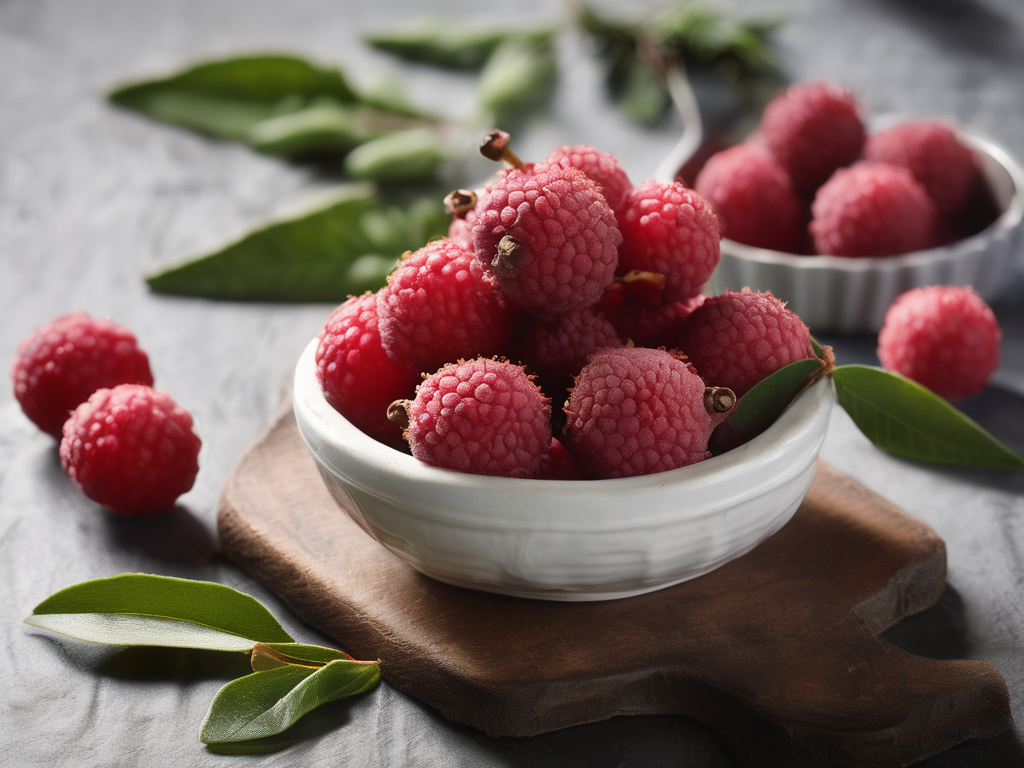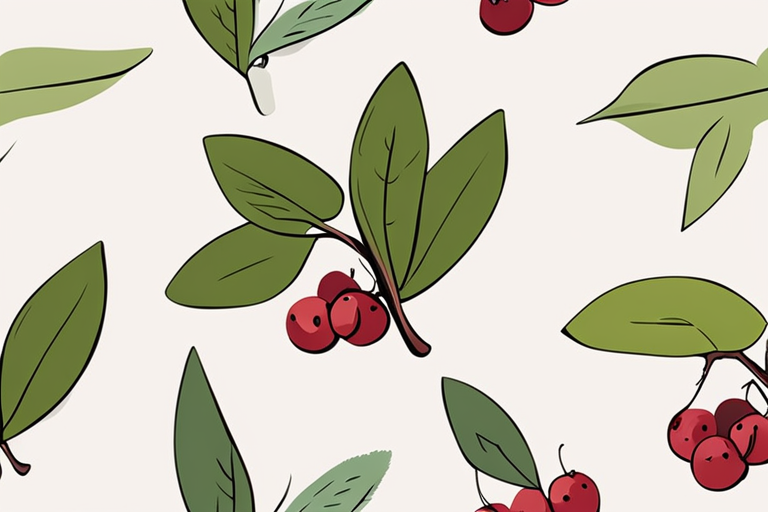
Preserving Bayberry to Extend Its Shelf Life
Get Your Free Food Safety Cheat Sheet
30 most common foods with instant answers. Print it and stick it on your fridge—completely free!
Preserving Bayberry to Extend Its Shelf Life
Bayberries are a delightful fruit known for their unique flavor and numerous health benefits. However, like many fruits, bayberries have a limited shelf life and can quickly spoil if not stored properly. In this blog post, we will explore the best ways to preserve bayberries to extend their shelf life and enjoy their freshness for longer. (Bayberry)
Understanding Bayberries
Before diving into preservation methods, let's first understand what bayberries are. Bayberries are small, round fruits that grow on the bayberry tree, also known as Myrica cerifera. These berries are rich in antioxidants, vitamins, and minerals, making them a nutritious addition to your diet. They have a tart and slightly sweet flavor, making them a popular choice for jams, jellies, and desserts.
Harvesting Bayberries
Proper harvesting is the first step in preserving bayberries effectively. Here are some tips for harvesting bayberries:
When to Harvest:
- Bayberries are typically ready for harvest in late summer to early fall.
- Wait until the berries are fully ripe and have a deep purplish-black color.
How to Harvest:
- Gently pluck the ripe berries from the tree, being careful not to crush them.
- Avoid collecting berries that are underripe or damaged.
Preserving Bayberries
Once you have harvested your bayberries, it's essential to preserve them correctly to maintain their freshness and flavor. Here are some effective methods for preserving bayberries:
1. Freezing Bayberries:
- Rinse the bayberries gently under cold water and pat them dry.
- Spread the berries in a single layer on a baking sheet and place them in the freezer.
- Once frozen, transfer the berries to a freezer-safe container or bag.
- Frozen bayberries can last for up to 6 months.
2. Making Bayberry Jam:
- Cook the bayberries with sugar and lemon juice to make a delicious jam.
- Store the jam in sterilized jars and seal them properly.
- Properly sealed bayberry jam can last for up to a year in the pantry.
3. Drying Bayberries:
- Dehydrate the bayberries in a food dehydrator or oven at a low temperature.
- Store the dried bayberries in an airtight container in a cool, dark place.
- Dried bayberries can last for several months.
4. Making Bayberry Infused Vinegar:
- Combine bayberries with vinegar in a sterilized jar and let it infuse for a few weeks.
- Strain the mixture and store the infused vinegar in a sealed bottle.
- Bayberry-infused vinegar can last for several months in the refrigerator.
Storing Bayberries
Proper storage is crucial in preserving the freshness and flavor of bayberries. Here are some tips for storing bayberries:
Refrigeration:
- Store fresh bayberries in the refrigerator in a perforated plastic bag.
- Avoid washing the berries until you are ready to use them to prevent moisture buildup.
Pantry Storage:
- Store dried bayberries in airtight containers in a cool, dark place.
- Check the berries regularly for any signs of mold or spoilage.
Freezing:
- Frozen bayberries should be kept in the freezer at a consistent temperature.
- Use airtight containers or freezer bags to prevent freezer burn.
Conclusion
Preserving bayberries is a simple yet rewarding process that allows you to enjoy this flavorful fruit year-round. Whether you choose to freeze, dry, or make jam with your bayberries, following proper preservation and storage techniques will help extend their shelf life and maintain their quality. By harvesting at the right time and storing them correctly, you can savor the taste of bayberries long after the harvest season has passed. So go ahead, stock up on bayberries, and enjoy their deliciousness in various forms throughout the year! (Bayberry)

Authoritative Food Safety References
These agencies and university labs inform every tip and health precaution we publish.
USDA FoodKeeper – Cold Storage Guidelines
Official refrigerator, freezer, and pantry timelines maintained by the U.S. Department of Agriculture.
Visit USDA FoodKeeperFDA Produce Safety Rule & Grower Guidance
Field-to-fridge handling practices that prevent contamination of fruits, vegetables, and leafy greens.
Visit FDA Produce SafetyCDC Foodborne Illness Prevention Hub
Surveillance-backed guidance on pathogens, symptoms, and steps to reduce foodborne illness risk.
Visit CDC Food SafetyUC Davis Postharvest Technology Center
University research detailing optimal storage atmospheres for produce after harvest.
Visit UC Davis PostharvestPenn State Extension – Home Food Preservation & Safety
Peer-reviewed extension bulletins on safe canning, chilling, and reheating practices.
Visit Penn State ExtensionWhat is the best way to preserve bayberry to extend its shelf life?
How long can preserved bayberries last in the freezer?
Can bayberries be preserved using other methods besides freezing?
Are there any food safety precautions to consider when preserving bayberries?
Can preserved bayberries be used in cooking and baking?
Get Your Free Food Safety Cheat Sheet
30 most common foods with instant answers. Print it and stick it on your fridge—completely free! Want more? Upgrade to the complete guide with 70+ foods.
Scan your food directly and get instant safety info using our AI-powered camera feature.